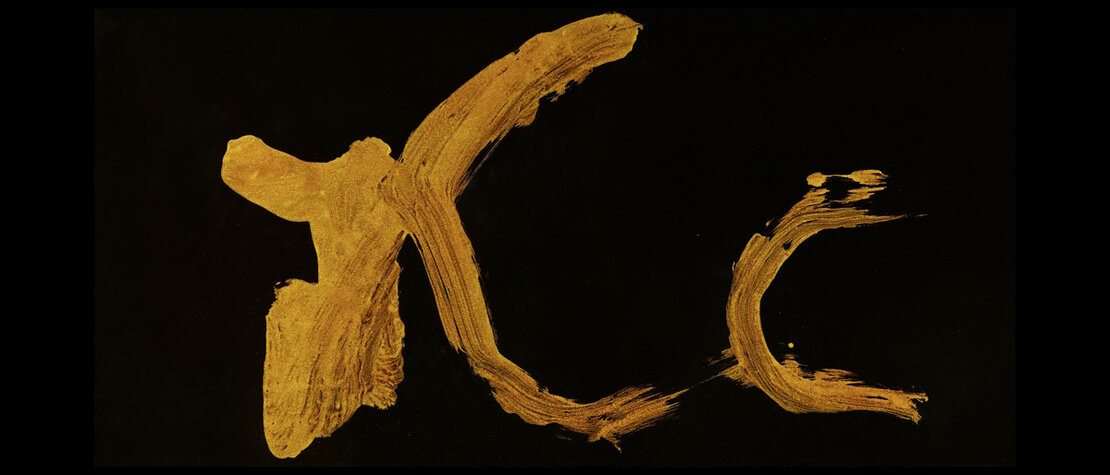Outstanding Success: White Glove Sale
Netsuke from the Brockhaus Collection
The total of 200, all market-fresh pieces from the estate of the important Leipzig encyclopaedia publisher reflected not only Albert Brockhaus’ (1855 – 1921) passion for collecting, but also the aspiration to encyclopaedic comprehensiveness, demonstrating the collector’s need to show the entire spectrum of divine and human figures, animals, plants and objects. With its great wealth of motifs and materials, the collection formed the core of the netsuke offer.

The auction was a perfect White Glove Sale: Not only was the complete offering sold for top prices, but the majority for many times their estimate and the whole collection for a total of 4.7 times its estimate. Due to the current situation, the auction of Chinese art was postponed until the autumn.
The undisputed high point of the Albert Brockhaus Collection was a mid-18th century horse, made in Kyoto. Powerfully modelled and signed by Mitsuharu, the finely detailed 6.5 cm netsuke had been estimated at € 18/25,000. A persistent and long bidding competition pushed the desired object up to the top price of € 100,000, paid by a German collector (lot 536). A further bidding fight amongst international collectors set the 19th century boxwood netsuke of a leaping hare, signed by Toyomasa, on a brilliant climb to the winning bid of € 78,000 from a Canadian collector (lot 532). A boxwood greyhound signed by Masakazu from the 18th century also made a leap, this time from € 4/4,800 up to € 35,000 (lot 509). A further German collector forced an 18th century marine ivory netsuke of two hares jumping over waves from the estimate of € 900/1,200 up to € 32,500 (lot 533).
India and South East Asia
At the pinnacle of this offer stood a very large figure of a crowned and bejeweled Buddha from Pagan, Burma. Made of teak wood probably in around the 12th/13th century, the 189.9 cm Buddha had been variously interpreted. A French collector took on the figure for € 40,000 (lot 29, € 30/50,000).
Japan
The highlight of the Japanese art with a price of € 94,000 was a work by Morita Shiryû (1912 – 1998) with the 80 x 160 cm character “ju” (tree, wood) from the year 1989. Morita found his style in around 1960: spiritedly painted characters in broad strokes exploding into sprays. The content and deep meaning of a written character was the starting point for the artist (lot 173, € 70/90,000).
From the usual broad range of woodcut prints offered shone an ôban, yokoe by Katsushika Hokusai (1760 – 1849) entitled Sanka haku-u (Thunderstorm at the foot of Mount Fuji), from the series Fugaku sanjûrokkei which sold for € 22,500 (lot 212, € 18/25,000).
A further noteworthy lot consisted of two wood Niô, 115.6 cm high, with remains of pigment, from the 18th/19th century (Edo period). Almost always depicted larger than life, with frightening and defensive gestures, the two kings (Niô), also called Kongô Rikishi, keep watch on both sides of a Buddhist temple entrance. They are now in the hands of German collector € 19,000 (lot 37, € 15/20,000). The result for a wood, 70 cm high, painted figure of an oni as a wakizashi carrier from the Meiji period was € 16,000 (lot 132, € 4/6,000), whilst the regular netsuke offer was highlighted by a finely carved, 3.5 cm ivory shishi with a ball from the 19th century which went to a German collector for € 14,000 (lot 318, €11,000).
